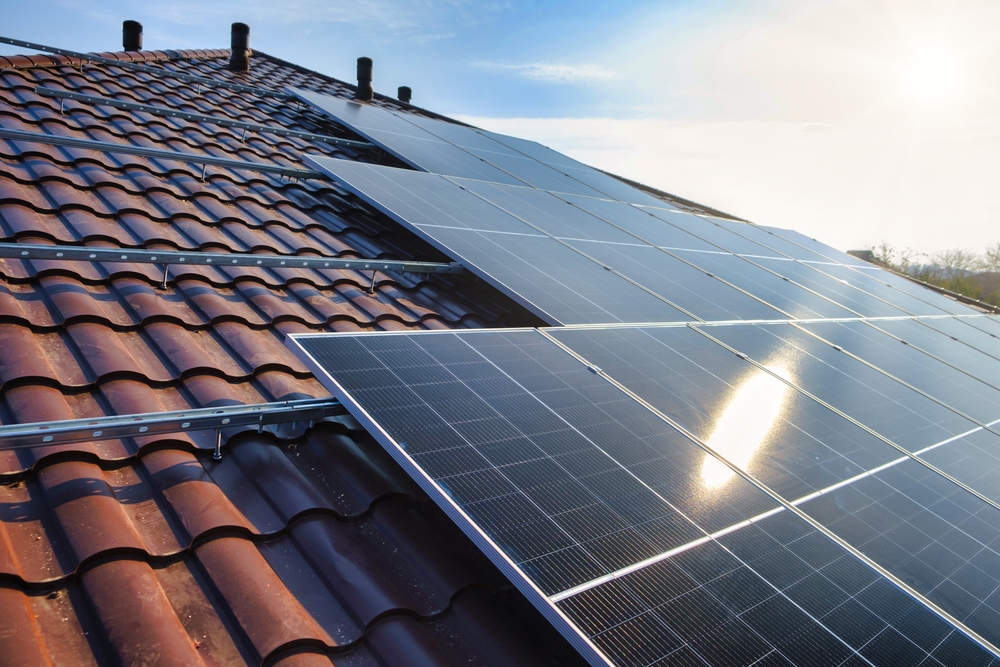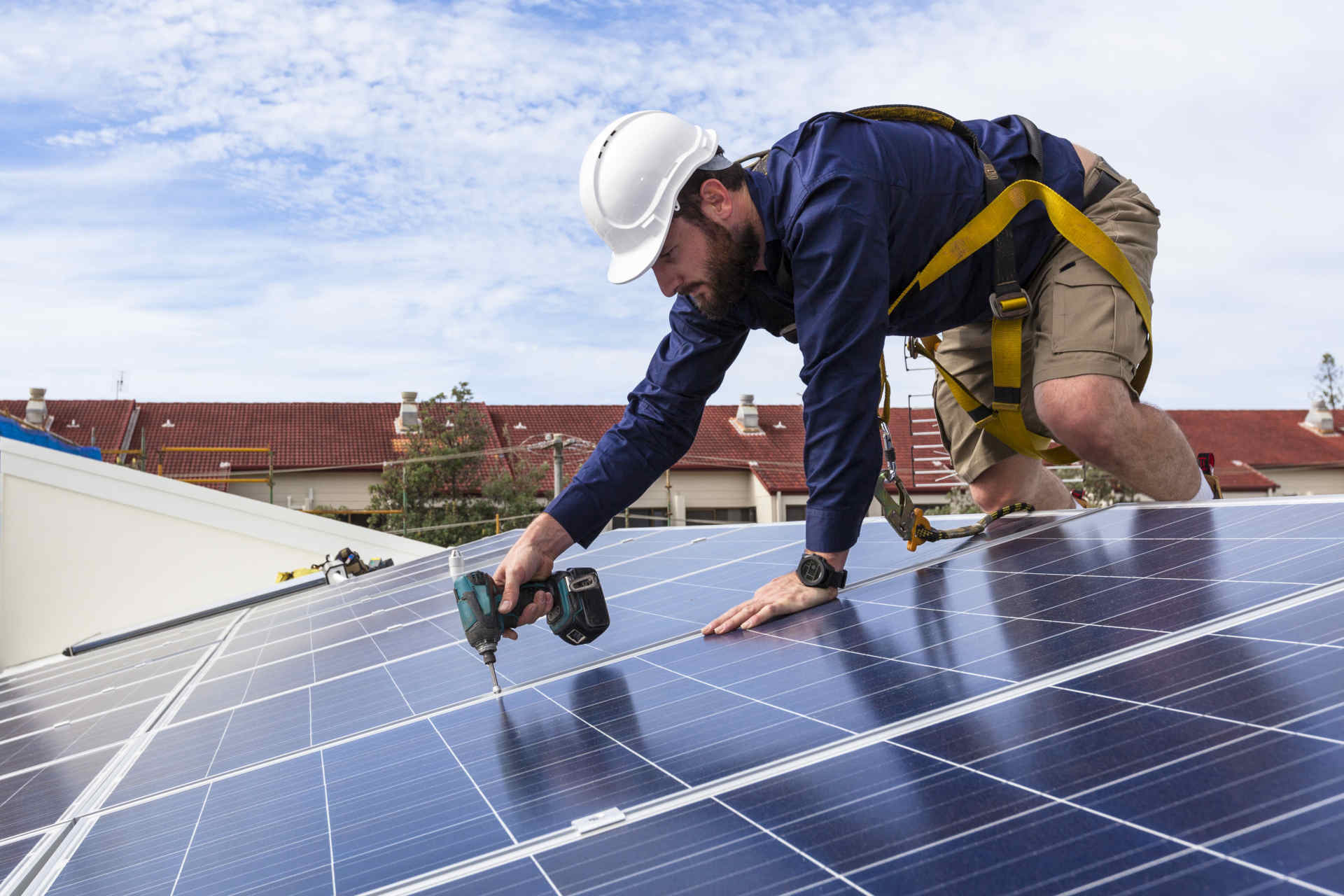What is the most expensive component of solar panels
The most expensive solar panel module is high-purity silicon wafers (99.9999%), costing 0.20-0.30/W, accounting for 40% of total module costs, followed by silver paste ($0.05/W) for busbars and PERC cells requiring 170mg/watt for optimal conductivity.
Solar Cell Costs
Solar panels might look simple, but the real expense comes from the solar cells—the parts that actually turn sunlight into electricity. These tiny silicon squares make up 60-70% of a panel’s total cost, depending on the technology. In 2024, the average price for monocrystalline silicon cells (the most efficient type) was around 0.28to0.35 per watt, while cheaper polycrystalline cells cost about 0.20to0.25 per watt. Thin-film cells, like those made from cadmium telluride (CdTe), can drop as low as $0.18 per watt, but they’re less efficient (10-12% vs. 18-22% for silicon).
The cost isn’t just about raw materials—manufacturing complexity plays a huge role. Turning raw silicon into usable wafers involves energy-intensive processes like melting, crystallization, and doping, which add 0.05to0.10 per watt in production costs. Efficiency improvements also drive up prices: premium PERC (Passivated Emitter Rear Contact) cells boost efficiency by 1-2% but cost 5-8% more to produce. Meanwhile, TOPCon (Tunnel Oxide Passivated Contact) cells, the next-gen tech, push efficiency past 24% but add another 0.03to0.05 per watt in manufacturing expenses.
Supply chain factors matter too. China dominates 80% of global solar cell production, keeping costs low, but tariffs in markets like the U.S. can add 10-25% to the final price. Silicon shortages—like the one in 2022—can spike prices by 15-20% overnight. Even cell size affects cost: larger 182mm and 210mm wafers reduce waste and cut 0.01to0.02 per watt, but retooling factories costs millions upfront.
On the flip side, economies of scale are bringing prices down. Solar cell costs have dropped 90% since 2010, thanks to mass production and better tech. But don’t expect another freefall—diminishing returns mean future savings will come from cheaper materials (like perovskite hybrids) or automated production, not just scaling up. For now, if you’re buying panels, solar cells are where your money mostly goes—and understanding their cost drivers can help you spot a fair deal.

Aluminum Frame Price
While solar cells get most of the attention, the aluminum frame holding them together isn’t cheap—it makes up 8-12% of a solar panel’s total cost. In 2024, the average price for standard anodized aluminum frames ranged between 12to18 per linear meter, depending on thickness and alloy quality. For a typical 72-cell panel (2m x 1m), that adds 25to40 per unit just for the frame. Cheaper powder-coated frames save 10-15%, but they’re less durable in coastal or high-humidity areas where corrosion can cut lifespan by 3-5 years.
The price isn’t just about raw aluminum. Extrusion costs—shaping the metal into frames—add 2to4 per meter, while hardware (corners, brackets, and fasteners) tacks on another 3to5 per panel. Labor for assembly varies wildly: Chinese manufacturers pay 0.50to1.00 per frame, while U.S. or EU factories spend 3to6 due to higher wages.
Market volatility hits hard too. Aluminum prices swung from 2,100to2,800 per metric ton in 2023, directly impacting frame costs. Tariffs (like the U.S.’s 10-30% on Chinese aluminum) can push prices up another 5-8%. Even frame thickness matters: 35mm profiles cost 20% more than standard 30mm ones but improve wind load resistance by 15-20%, crucial for areas with 60+ mph gusts.
Factor | Cost Impact | Notes |
Raw aluminum (LME price) | 2,200–2,600 per metric ton | Prices track commodity markets; 5-7% annual volatility |
Extrusion & machining | 2–4 per linear meter | Higher for complex shapes (e.g., water drainage channels) |
Hardware & assembly | 3–8 per panel | Includes anti-theft brackets, grounding clips |
Shipping (per panel) | 1.50–3.50 | Doubles for air freight vs. sea |
Tariffs (U.S./EU) | +10–30% | Applies to imports from China, Vietnam |
Weight is another hidden cost. Aluminum frames add 3.5 to 5 kg per panel, increasing shipping fees by 0.10to0.25 per kg for large orders. Some manufacturers now use slim frames (25mm thick) to save 5-7% on material and logistics, but these trade off durability—20-year warranties often require 30mm+ thickness.
Glass Panel Expense
The tempered glass covering a solar panel isn’t just for protection—it’s a 12-18% chunk of the total cost, and skimping here can wreck your system’s longevity. In 2024, 3.2mm anti-reflective, low-iron tempered glass (the industry standard) cost 4.50to6.80 per square meter in bulk orders. Thicker 4mm glass, used in harsh climates, jumps to 7.20to9.50/m², while textured glass (which boosts light absorption by 1.5-2%) adds another 15-20% premium.
Key stat: Glass accounts for 30-40% of a panel’s total weight (8-12 kg for a 72-cell module), directly impacting shipping costs at 0.08−0.12 per kg for sea freight.
Manufacturing specs make or break costs. The glass must withstand 5,400 Pa snow loads and 2,400 Pa wind pressures, requiring precise tempering at 600-700°C. Cheaper thermally strengthened glass (not fully tempered) cuts costs by 25% but fails 3x faster in hail tests. Coating quality matters too: inferior anti-reflective layers degrade after 5-7 years, dropping efficiency by 4-6%, while premium versions (like SiO2 nano-coatings) last 20+ years with under 1% degradation.
Supply chain quirks add surprises. Low-iron glass (essential for 92-94% light transmittance) requires purer silica sand, which fluctuates 50−80 per ton. During the 2021 container shortage, glass shipping costs tripled to $1.20 per kg. Even glass thickness tolerances matter: panels with ±0.1mm precision cost 8-10% more than those with ±0.3mm, but reduce micro-crack risks by 60%.
Durability testing separates contenders from pretenders. Top-tier glass passes:
· IEC 61215 hail tests (25mm ice balls at 23 m/s)
· 1,000-hour salt spray corrosion resistance
· PID (Potential Induced Degradation) resistance <2% power loss
Cutting glass costs might save 3−5 per panel, but replacements after 10 years (labor + materials) can hit $120 per module. For long-term ROI, glass is where compromises backfire hardest.
Inverter Cost Impact
Solar panels grab headlines, but the inverter—the device that converts DC to AC power—is where 10-15% of your total system budget goes. In 2024, string inverters for residential systems cost 0.12to0.20 per watt, while premium microinverters run 0.25to0.35 per watt. For a typical 6 kW home system, that’s a 720−1,200 vs. 1,500−2,100 price gap. Commercial-scale central inverters are cheaper per watt (0.08−0.15) but require extra hardware, pushing balance-of-system costs up by 5-8%.
Efficiency losses directly hit your wallet. Even the best inverters waste 2-4% of generated power during conversion. A 97% efficient inverter vs. a 93% model might seem minor, but over 25 years, that 4% gap can cost 400−600 in lost energy for a 6 kW system. Heat management also matters: inverters lose 0.1-0.3% efficiency per °C above 25°C, so a unit hitting 60°C in summer could bleed 5-8% more power than its rated specs.
Factor | Cost Impact | Real-World Effect |
Inverter type | 0.12–0.35 per watt | Microinverters cost 2x string inverters but avoid single-point failures |
Efficiency drop | 2–4% power loss | A 95% vs. 98% inverter loses 25–40/year in a 6 kW system |
Cooling systems | +50–200 per unit | Fans/liquid cooling needed in >40°C climates to prevent 10% lifespan reduction |
Smart features | +15–25% price premium | Grid-forming, cell-ready models future-proof systems |
Warranty length | +0.03–0.05 per watt | 10-year standard vs. 25-year extended (covers 90% vs. 60% failure risk) |
Lifespan mismatches create hidden costs. While panels last 25-30 years, most string inverters die in 10-15 years—meaning you’ll likely buy 2-3 inverters per solar array. Microinverters (rated for 25 years) avoid this but cost 70-100% more upfront. Replacement labor adds 300−600 per swap, and outdated models may need 200−500 in compatibility upgrades.
Grid requirements also spike prices. Inverters with UL 1741-SA certification (required for fire safety shutdowns in California) cost 8-12% more. Cell-ready models add another 10-15% premium, though they save $1,000+ in retrofit costs if adding storage later.
Labor Installation Fees
Don't let anyone tell you solar panels install themselves - labor eats 10-25% of your total system cost, and that's before surprises like roof repairs or electrical upgrades. In 2024, U.S. homeowners paid 0.25to0.55 per watt for standard rooftop installations, meaning a 6 kW system racks up 1,500to3,300 just in labor. Commercial projects drop to 0.18−0.35/watt, but only if you're installing 500+ kW at once. The scary part? These numbers can double when:
· Roof pitch exceeds 30° - Adds 40-60% more time (and cost) for safety harnesses and slower work
· Tile or slate roofs require specialty crews at 75−120/hr vs. 50−90/hr for asphalt shingles
· Main panel upgrades needed for 60% of homes built before 2000, adding 1,200−2,500 unexpectedly
· Permit delays stretch project timelines from 2 days to 2+ weeks in cities like San Francisco
Crew experience directly impacts your ROI. A team installing 300+ systems/year works 50% faster than newcomers, often completing a 6 kW job in 6-8 hours instead of 12+. But speed isn't everything - the top 5% of installers make 30% fewer mistakes that cause 3-5% energy losses from poor angling or loose connections. Look for NABCEP-certified crews; they charge 8-12% more but have 60% fewer callbacks in the first year.
Location changes everything. Labor rates swing from 45/hrin Phoenix to 135/hr in NYC for the same work. Rural areas add 0.10−0.15/watt in travel fees, while hurricane zones require 500−800 in extra steel framing to meet 150 mph wind codes. Even ground mounts vary wildly - a simple 10-module array might take 12-15 hours (900−1,200) in soft soil, but rocky terrain demands 20+ hours ($1,600+) for drilling.

Shipping & Logistics
That solar panel on your roof likely traveled 8,000+ miles and changed hands 3-5 times before installation - and you're paying for every step. In 2024, shipping costs for a standard 40-foot container of panels from China to the U.S. West Coast swung between 2,800and6,500, adding 0.03to0.08 per watt to system prices. For a typical 6 kW residential install, that's 180−480 buried in your quote. But here's where it gets messy:
· Palletization matters - Panels shipped vertically (like books) fit 22% more per container, saving $0.01/watt
· Peak season surcharges (July-October) spike ocean freight rates by 40-60%
· Last-mile delivery to rural sites costs 75−150 per pallet vs. 25−50 for urban warehouses
· Glass breakage runs 1.2-3.7% of shipments, adding 0.5-2% to project costs
Port congestion creates cascading costs. During the 2023 Long Beach backlog, 28-day delays meant:
· $120/day demurrage fees per container (vs. normal 7 free days)
· $0.05/watt extra for temperature-controlled storage to prevent PID degradation
· 15% rush premiums for local truckers to meet installation deadlines
Weight vs. volume math kills budgets. A full container of 72-cell panels (23-25 kg each) maxes out at 24,000 kg before hitting weight limits, leaving 15-20% empty space. That's why some shippers mix inverters (which are dense) to fill containers to 92-95% capacity, saving 800−1,200 per shipment.
The insurance trap catches many buyers. Standard 0.3% cargo insurance covers only basic damage, while:
· 1.2% premium policies are needed for hail-prone routes
· 2.1% "force majeure" coverage protects against typhoon diversions
· 0.8% add-ons required for lithium cell co-shipments
Pro tip: Ask suppliers for INCOTERMS - if they quote FOB (Free On Board), you're on the hook for 100% of shipping risks after China departure. CIF (Cost, Insurance, Freight) deals cost 8-12% more but prevent nasty surprises when your $50,000 order gets stuck in customs over missing UL certifications.